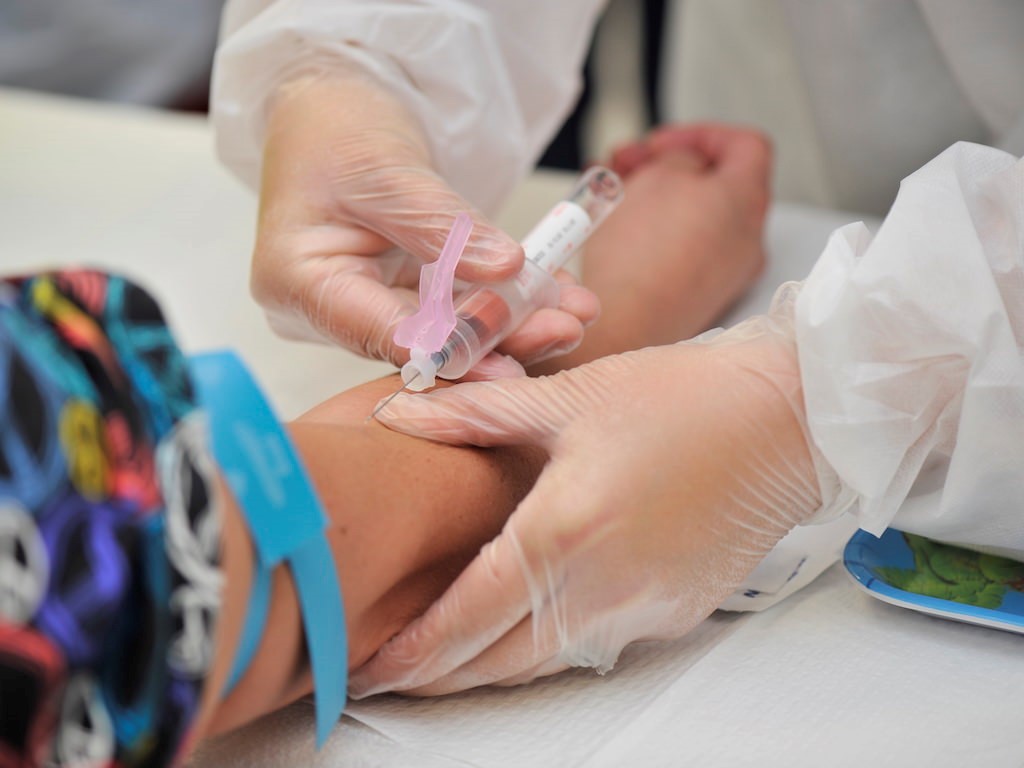**Title: Phlebotomist Hourly Salary: How Much Can You Earn as a Phlebotomist?**
**Introduction:**
If you are considering a career as a phlebotomist, one of the most common questions you may have is, ”How much does a phlebotomist make per hour?” In this article, we will discuss the hourly salary of phlebotomists, factors that can influence their pay, and some practical tips for maximizing your earning potential in this field.
**Phlebotomist Hourly Salary Overview:**
Phlebotomists are essential healthcare professionals responsible for drawing blood from patients for various medical purposes. According to the Bureau of Labor Statistics (BLS), the median annual wage for phlebotomists was $35,510 in May 2020. However, this figure can vary depending on factors such as experience, location, employer, and industry.
**Factors Influencing Phlebotomist Hourly Salary:**
Several factors can impact a phlebotomist’s hourly salary, including:
– Experience: Phlebotomists with more experience and specialized skills may command higher wages.
– Location: Salaries can vary significantly based on the cost of living in different regions.
– Employer: Hospitals, clinics, laboratories, and blood donation centers may offer different pay rates.
– Certifications: Holding additional certifications such as Certified Phlebotomy Technician (CPT) can lead to higher pay.
- Shift differentials: Working evening, night, or weekend shifts can result in higher hourly rates.
**Phlebotomist Hourly Salary by Industry:**
According to the BLS, the top-paying industries for phlebotomists in terms of hourly mean wages are:
1. Outpatient care centers: $18.92
2. Medical and diagnostic laboratories: $17.85
3. Hospitals (state, local, and private): $17.70
4. Blood and organ banks: $16.93
5. Offices of physicians: $16.27
**Practical Tips for Increasing Your Phlebotomist Hourly Salary:**
– Pursue additional certifications: Consider becoming a Certified Phlebotomy Technician (CPT) to boost your credentials and earning potential.
– Gain specialized skills: Training in pediatric phlebotomy, geriatric phlebotomy, or other specialized areas can make you more valuable to employers.
– Seek out higher-paying industries: Explore job opportunities in outpatient care centers or medical and diagnostic laboratories for potentially higher wages.
– Negotiate your salary: Don’t hesitate to negotiate your salary during the hiring process or ask for a raise based on your performance and experience.
**Conclusion:**
the hourly salary of a phlebotomist can vary based on factors such as experience, location, employer, and industry. By pursuing additional certifications, gaining specialized skills, and exploring job opportunities in high-paying industries, you can increase your earning potential in this rewarding healthcare field. Remember to negotiate your salary and advocate for fair compensation based on your qualifications and contributions.
Next time you’re wondering, “How much does a phlebotomist make per hour?” keep these tips in mind to maximize your earning potential as a phlebotomist.
